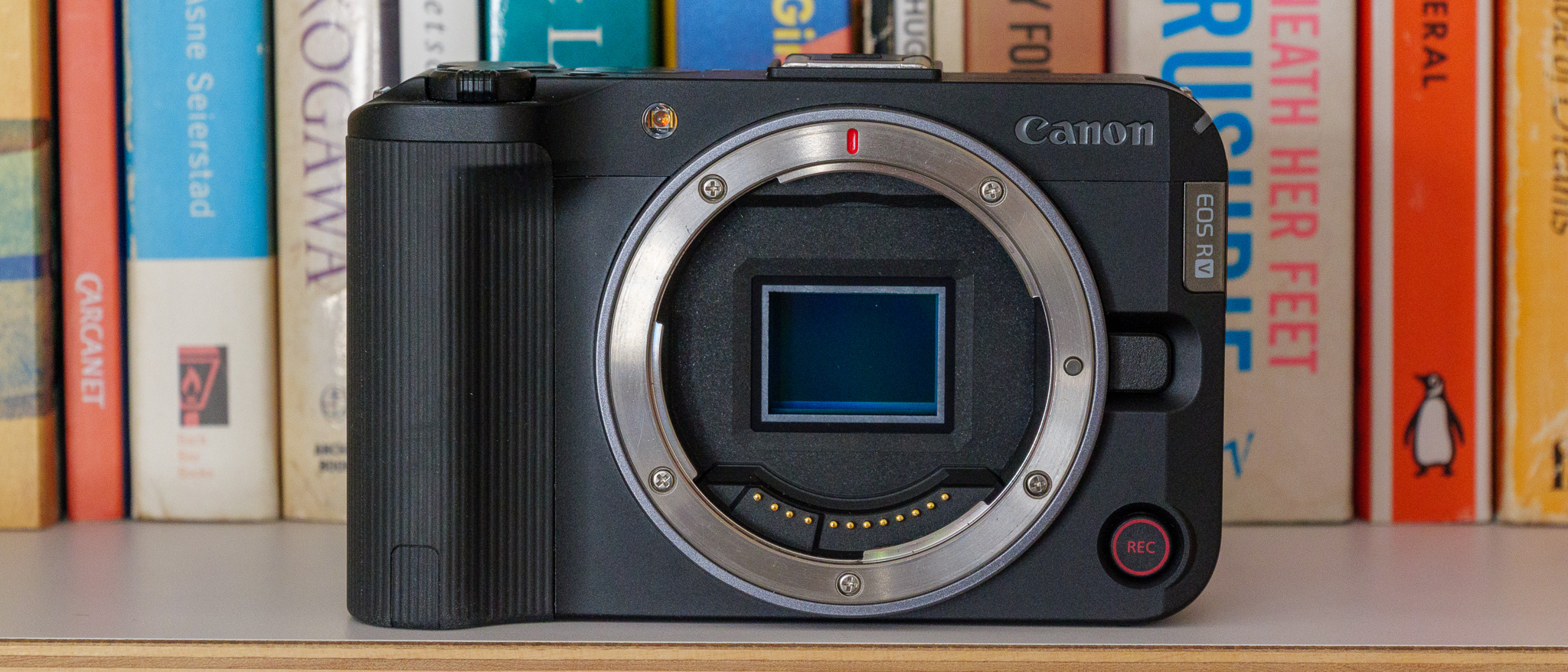TechRadar Verdict
For beginner vloggers on a budget, but with aspirations towards upgrading their setup with additional lenses in the future, this video-centric mirrorless camera might be the ideal choice. Video quality and options are impressive, while the EOS R50 V itself is compact, lightweight and easy to use – and even has a useful extra mounting point on the side. The included kit lens is a mixed bag, though, and photographers will lament the lack of a viewfinder.
Pros
- +
Compact, lightweight build
- +
Good autofocus
- +
Great-looking image quality
Cons
- -
No in-body image stabilization
- -
Really needs an external mic
- -
Slow kit lens
Why you can trust TechRadar
Canon EOS R50 V: two-minute review
The Canon EOS R50 V is the company’s latest mirrorless camera. Put simply, it’s an affordable video-centric model aimed at content creators and vloggers, offering 4K video recording at up to 30fps, four-channel 24-bit audio from its built-in microphone and decent wired and wireless connectivity.
I’ve reviewed a lot of vlogger-focussed cameras recently, including Canon’s own PowerShot V1, a fixed-lens compact that launched alongside the EOS R50 V and costs a similar amount, so I was interested to see how this interchangeable lens camera performed in comparison. In some ways, the PowerShot V1 has more appeal: it’s more compact and its lens is faster and wider than the 14-30mm kit lens that can be purchased bundled with the EOS R50 V. It comes with a built-in ND filter too.
What the R50 V has on its side is future versatility, thanks to an RF lens mount. With the ability to use other lenses in the RF system, upgrading image quality or gaining a new field of view is easily achievable here. With the PowerShot V1, you’ve only got that one lens.
The EOS R50 V’s 24.2MP APS-C sensor is also physically bigger than the 1.4-inch sensor on the PowerShot V1. Not by much, mind you – and image quality isn’t too different on the two cameras.
The EOS R50 V can capture video at 4K at up to 30fps, or a cropped 4K at up to 60fps. The latter isn’t really ideal for vlogging, as it greatly reduces the field of view and I found it difficult to get myself comfortably in frame while holding the camera. The uncropped 4K delivers a much more expansive field of view, albeit at the expense of frame rate – but I don’t think many will require 60fps for vlogging. The other resolution on offer is 1080p, which can capture at up to 120fps – ideal for slow-motion playback.
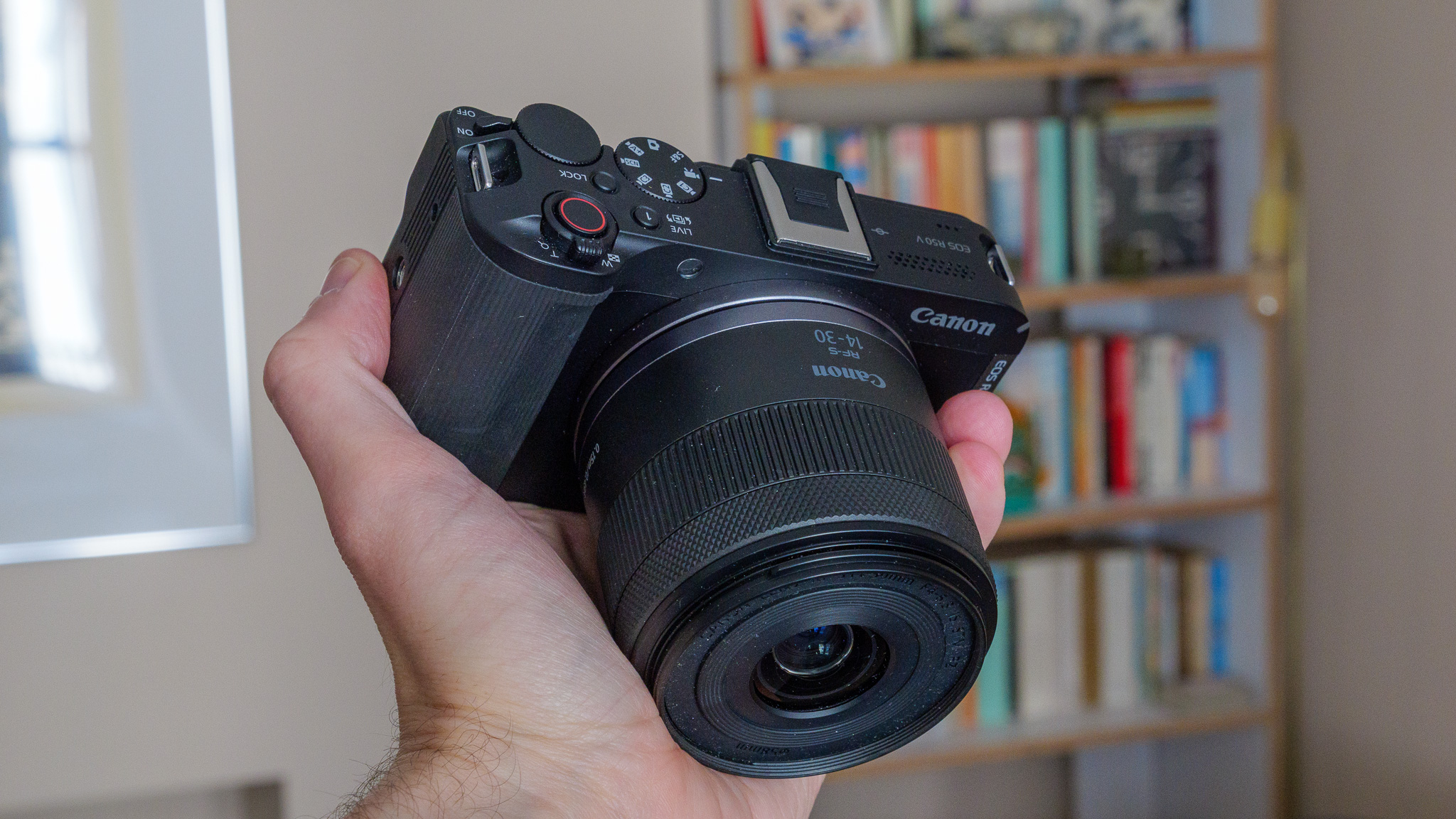
Videos and JPEGs look great straight out of the camera, as I’ve come to expect from the best Canon cameras and their color science. For those who want to edit or grade in post, however, RAW photos and a flat C Log color profile are also available.
There’s a lot to like about the EOS R50 V’s all-round performance. Its autofocus system is fast and accurate, and able to recognize and track human, animal and vehicle subjects. Its optical image stabilization is decent (if unremarkable, thanks to no in-body IS) and its on-board microphones perform well indoors in quiet conditions. Testing outside on a blustery day, I found the wind reduction mode to be almost completely ineffective, so a decent external mic is required; the PowerShot V1 includes a fluffy windshield that works quite well, and it’s odd Canon didn’t supply one here.
Sign up for breaking news, reviews, opinion, top tech deals, and more.
Connectivity is what you’d expect from a video-centric camera, while the LP-E17 battery supplies around 480 photos according to Canon. I did find it drains quite quickly while shooting 4K video, as you might expect – but thankfully the USB-C port can be used for on-the-go recharging or even constant power supply.
I’m quite impressed with the EOS R50 V. There’s nothing particularly fancy about it, and in many ways its sister camera the PowerShot V1 is a much more interesting device – being more of an all-in-one vlogging machine. But the R50 V’s lens mount means it might be a better choice for vloggers who plan on gradually upgrading their setup over the years.
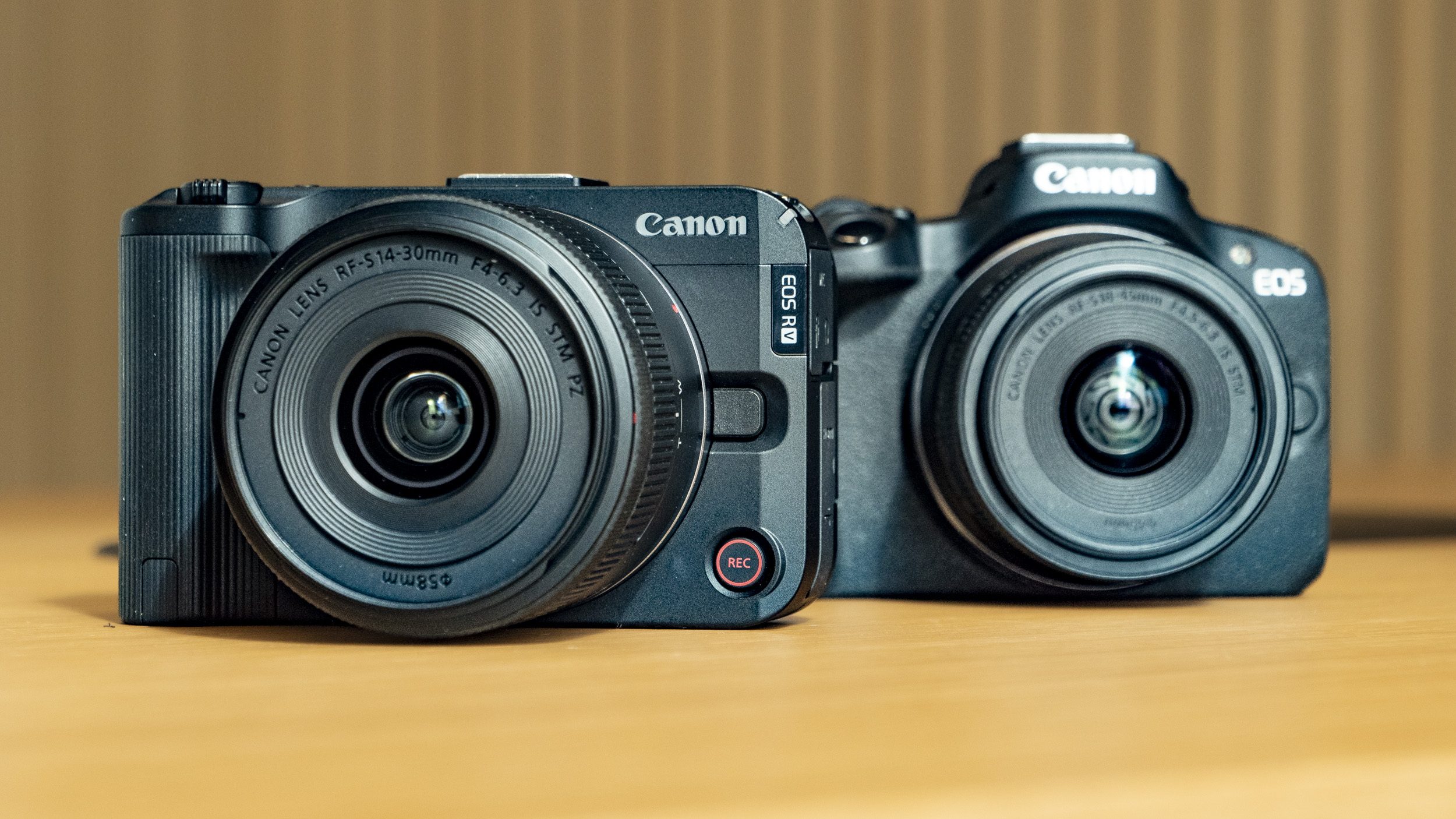
Canon EOS R50 V: Price and availability
- $649 / £729 / AU$1,169 body only
- $849 / £959 / AU$1,499 with Canon 14-30mm lens
The EOS R50 V is available to order, priced at around $649 / £729 / AU$1,169 body only or $849 / £959 / AU$1,499 in a kit with Canon’s new 14-30mm f4-6.3 IS STM PZ power zoom lens.
That strikes me as a competitive and affordable price, particularly with the lens – and especially for US-based consumers. I think the kit is the one to go for, unless you already own a few RF lenses, of course – but do bear in mind that you may need to buy an external microphone too.
- Price score: 4/5
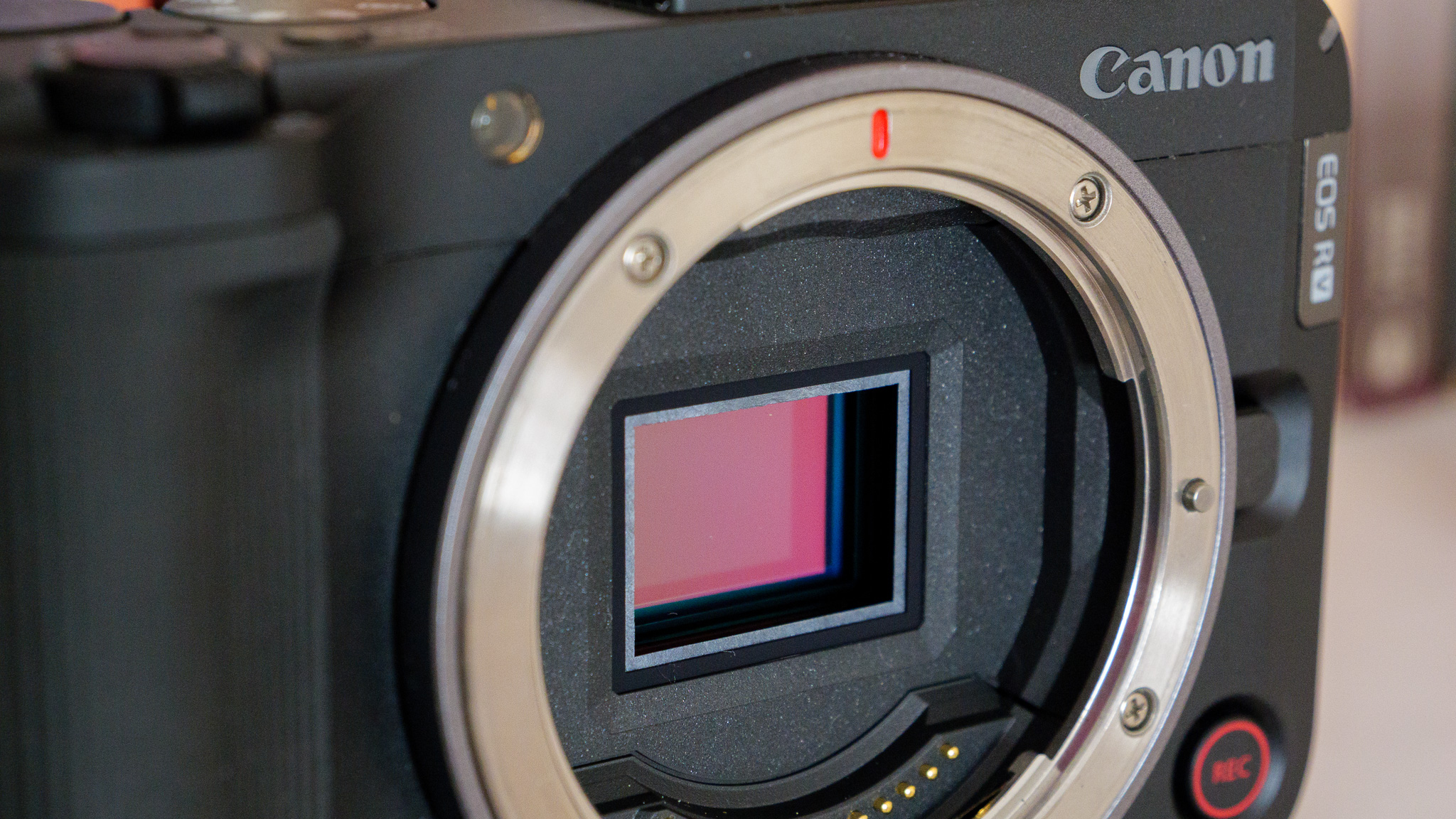
Canon EOS R50 V: specs
Camera type: | Mirrorless |
Lens mount: | Canon RF |
Sensor: | APS-C, 24.2MP |
Video: | 4K 30fps / Cropped 4K 60fps / 4:2:2 10-bit |
Battery (CIPA rating): | 480 shots (LCD) |
Dimensions: | 119.3 x 73.7 x 45.2 (body only) |
Weight: | 370g (body only) |
Canon EOS R50 V: Design and handling
- 3-inch, 1.04m-dot vari-angle LCD touchscreen
- Front tally lamp and record button
- Camera weighs just 370g without a lens
The EOS R50 V is a small and mostly plastic-bodied camera designed primarily for video. There’s no built-in flash and no viewfinder like you get with the EOS R50, which photographers might miss. For video users, the vari-angle screen handles composition more than adequately and the 21-pin multi-function hot shoe and extra, side-mounted tripod thread are very useful additions.
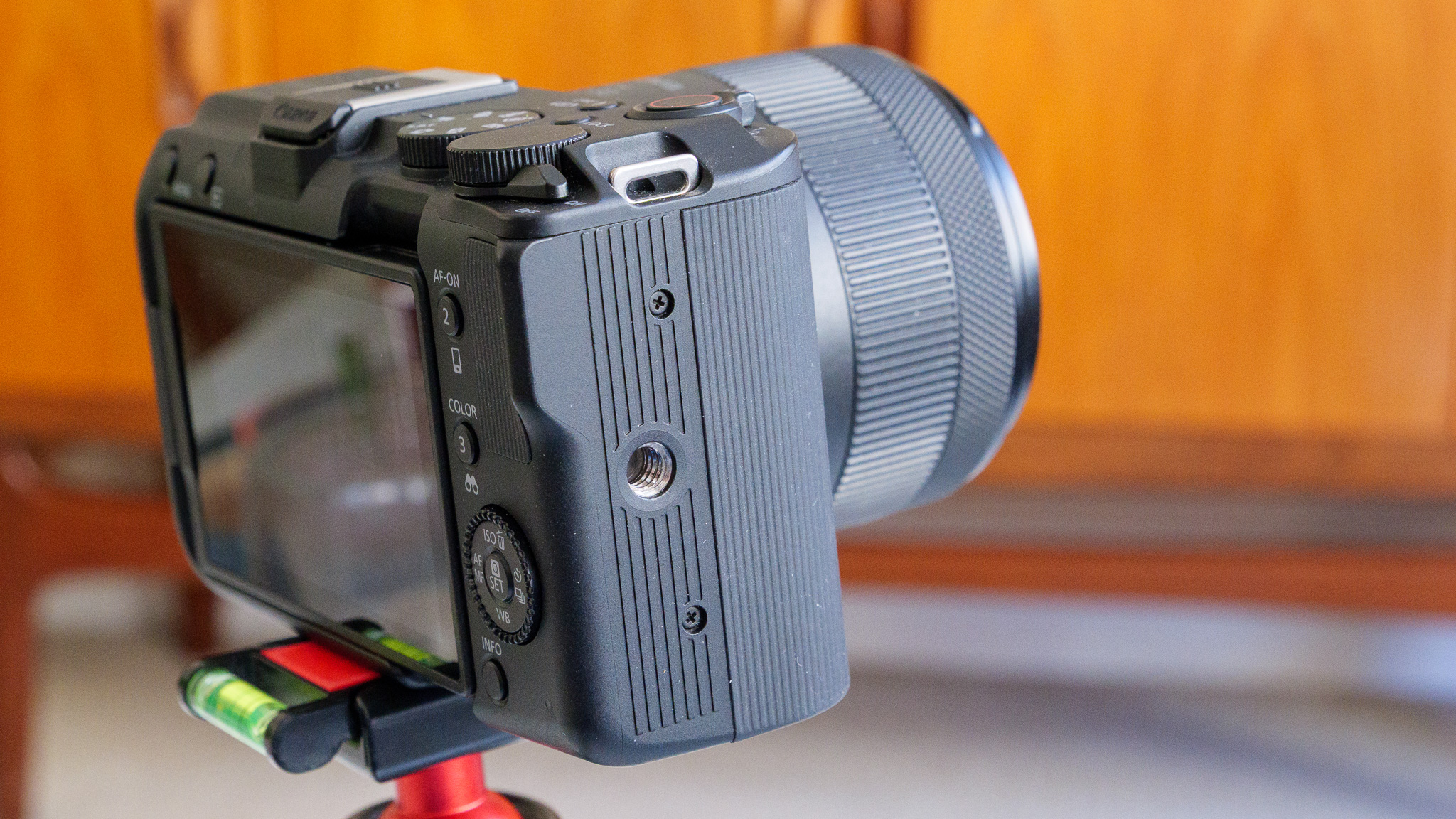
I found the control layout to be user-friendly, particularly the second video recording button on the front. There’s also a front-facing tally lamp, to let you know when you’re recording video. On the back and up top you’ll find the usual well-labelled dials and buttons, and with the help of the touchscreen I never struggled to change a setting or switch between shooting modes.
The camera isn’t weatherproofed, and the plastic body feels lightweight. In fact, at just 370g without a lens, it’s one of the lightest mirrorless cameras I’ve used in a long time. Adding the 14-30mm kit lens doesn’t tip the scales by much either: it’s just 181g, keeping the complete weight for camera and lens well under 600g.
- Design score: 4/5
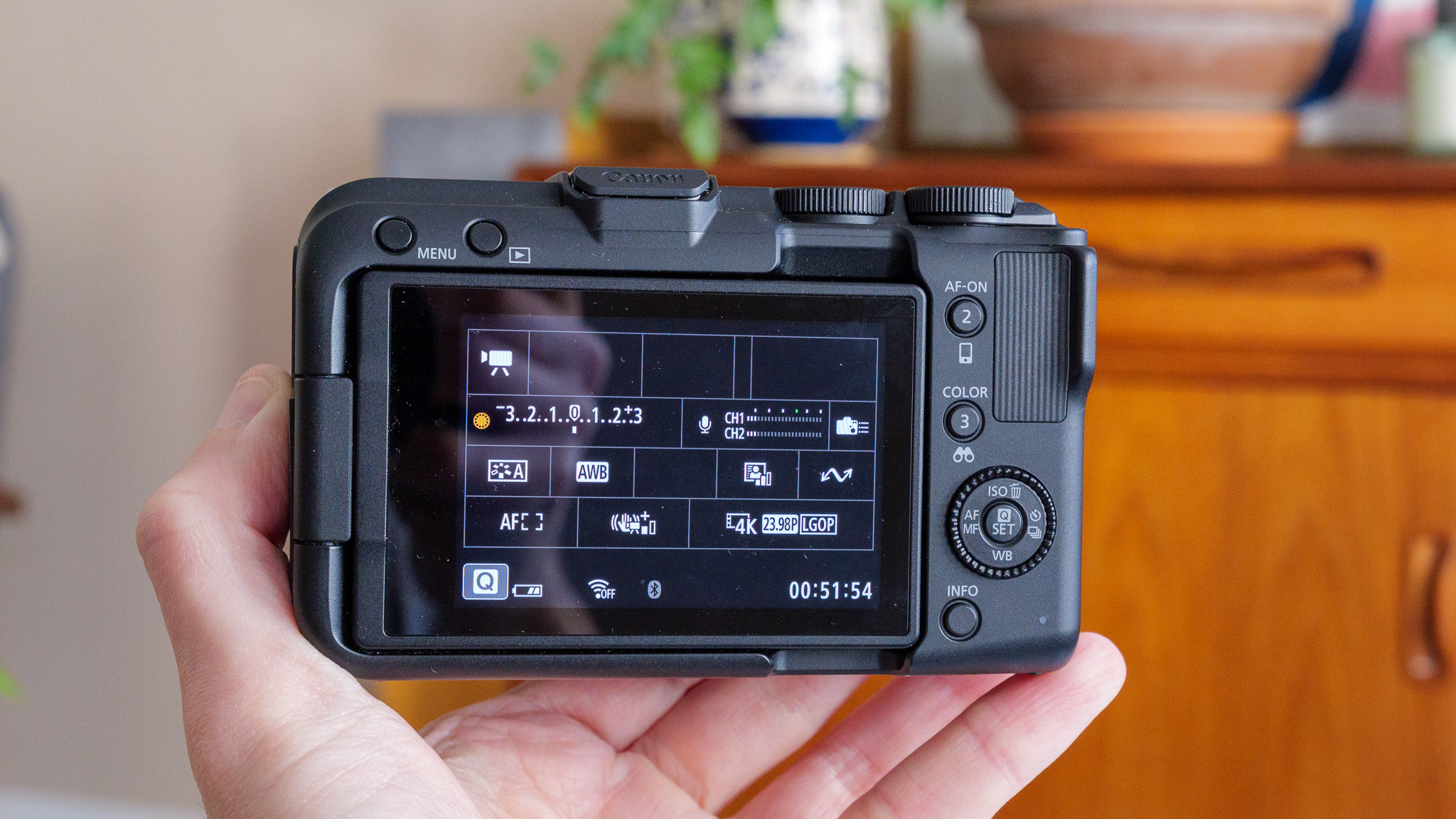
Canon EOS R50 V: Performance and features
- No in-body image stabilization
- 12fps continuous shooting with mechanical shutter
- 24-bit or 16-bit stereo audio via internal mic
Image stabilization is very important for a vlogging camera, but with no in-body stabilization here, it all has to come from the lens. The kit lens, for example, comes with optical stabilization and I think that’s just about enough for vloggers who want to walk around with the camera. You can see some real-world examples of the stabilization in action in my sample video in the next section of this review. Just be aware that you won’t get assistance if you fit a non-stabilized lens.
The Dual Pixel CMOS AF II autofocus system is excellent: fast, accurate and able to recognize and track humans (eyes, face, head or body), animals (dogs, cats, birds and horses) or vehicles (cars, motorcycles, trains and aircraft). I encountered no problems with it at all during my time using the camera, during which I was mostly filming myself in a mock vlog style. It kept me in focus no matter how I moved around the frame.
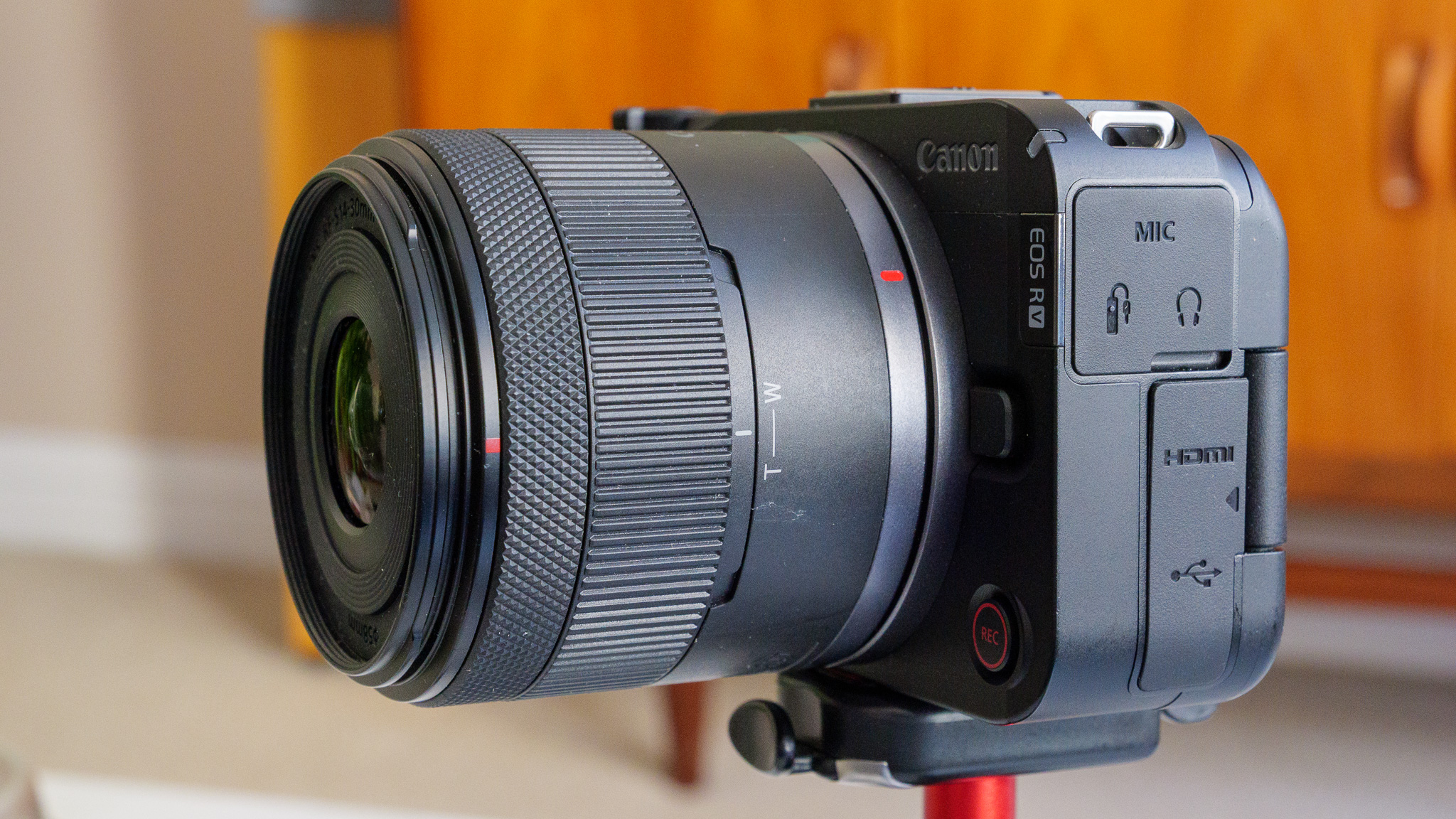
Despite the EOS R50 V’s video-first design, it does have a mechanical shutter. It’s a pretty adept stills camera, actually, thanks both to the aforementioned autofocus setup and its ability to shoot at a respectable continuous speed of 12fps (with mechanical shutter) and 15fps (with electronic shutter).
Connectivity-wise, I wasn’t disappointed. There are dedicated 3.5mm jacks for a mic and headphones, a micro HDMI output (while I’d prefer full-size, the compact body always made this unlikely) and a USB-C 3.2 port that works for data transfer, battery charging and power supply. It’ll also support live streaming when connected to a computer and allows users to set up the EOS R50 V as a webcam. There’s Wi-Fi and Bluetooth too, supporting wireless image transfer, printing and upload to Canon’s cloud services.
The built-in microphone can record in four-channel 24-bit or two-channel 16-bit modes, and comes with a wind noise reduction mode that is supposed to kick in automatically if needed. I tested in indoors and found it excellent quality, but outside on a windy day the noise reduction feature was next to useless. I’d have liked at least a furry windshield included to help mitigate interference, but I think vloggers using the EOS R50 V outside in anything but the calmest of conditions will need an external microphone of some kind.
- Performance and features: 4.5/5
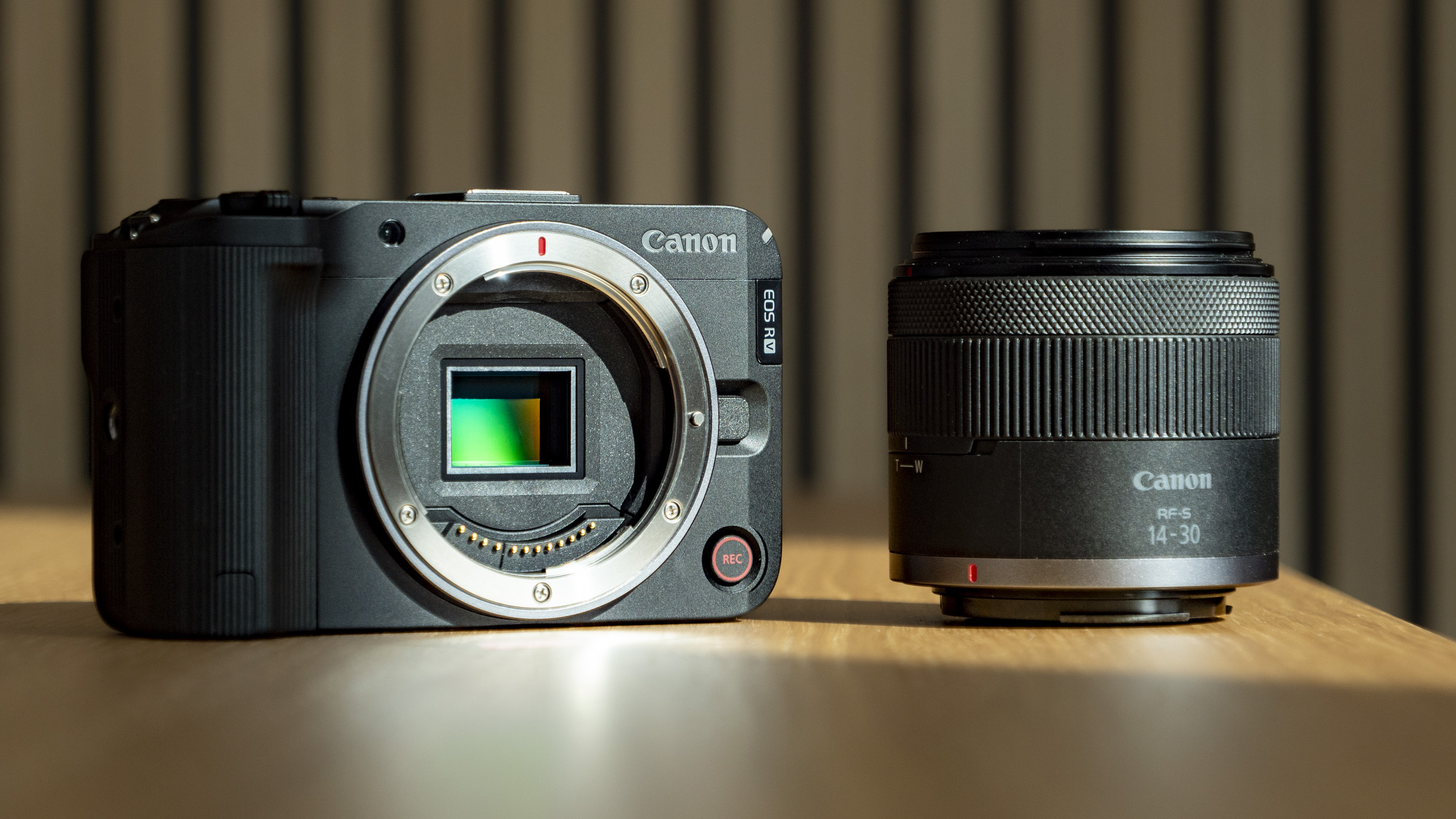
Canon EOS R50 V: Image and video quality
- APS-C sensor delivers 4K video and 24.2MP photos
- Full HD slow-motion capture at 100fps or 120fps
- Canon Log 3 color mode supported
Canon’s much lauded color science makes the EOS R50 V almost too easy to use. Whatever you point it at, it’ll produce great-looking JPEGs and videos right out of the camera, with no need for intervention on your part. I’ve made some very minor tweaks to the photos you see below in Adobe Lightroom to draw a bit more detail out of shadows, but overall I could have left them be and been more than happy to use them.
The kit lens is pretty poor in terms of brightness, having only a maximum f/4 aperture. Coupled with the smallish APS-C sensor, it makes this camera quite unsuited to low light photography out of the box. Slap a faster lens on here and you might get good results, however.


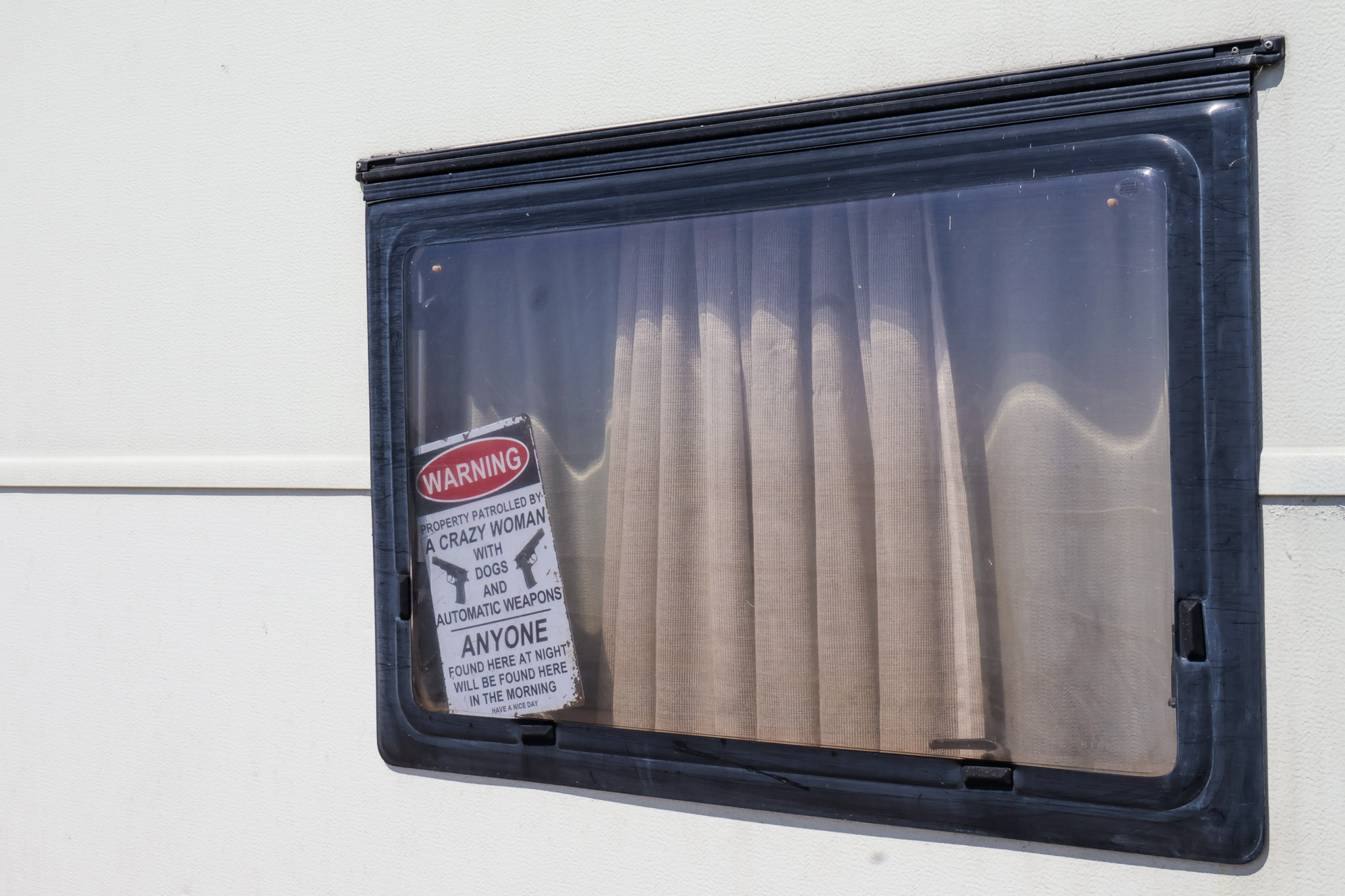
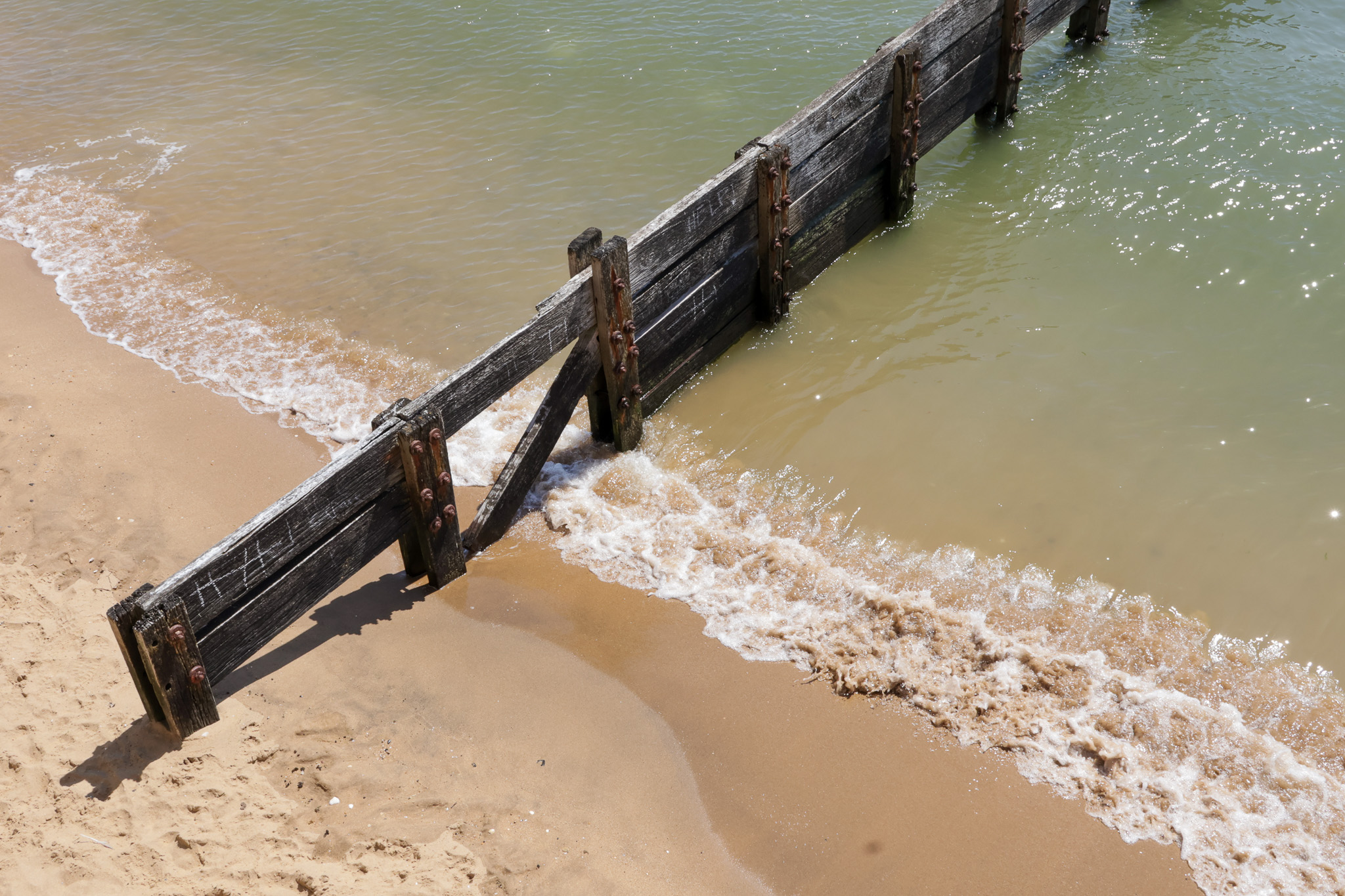

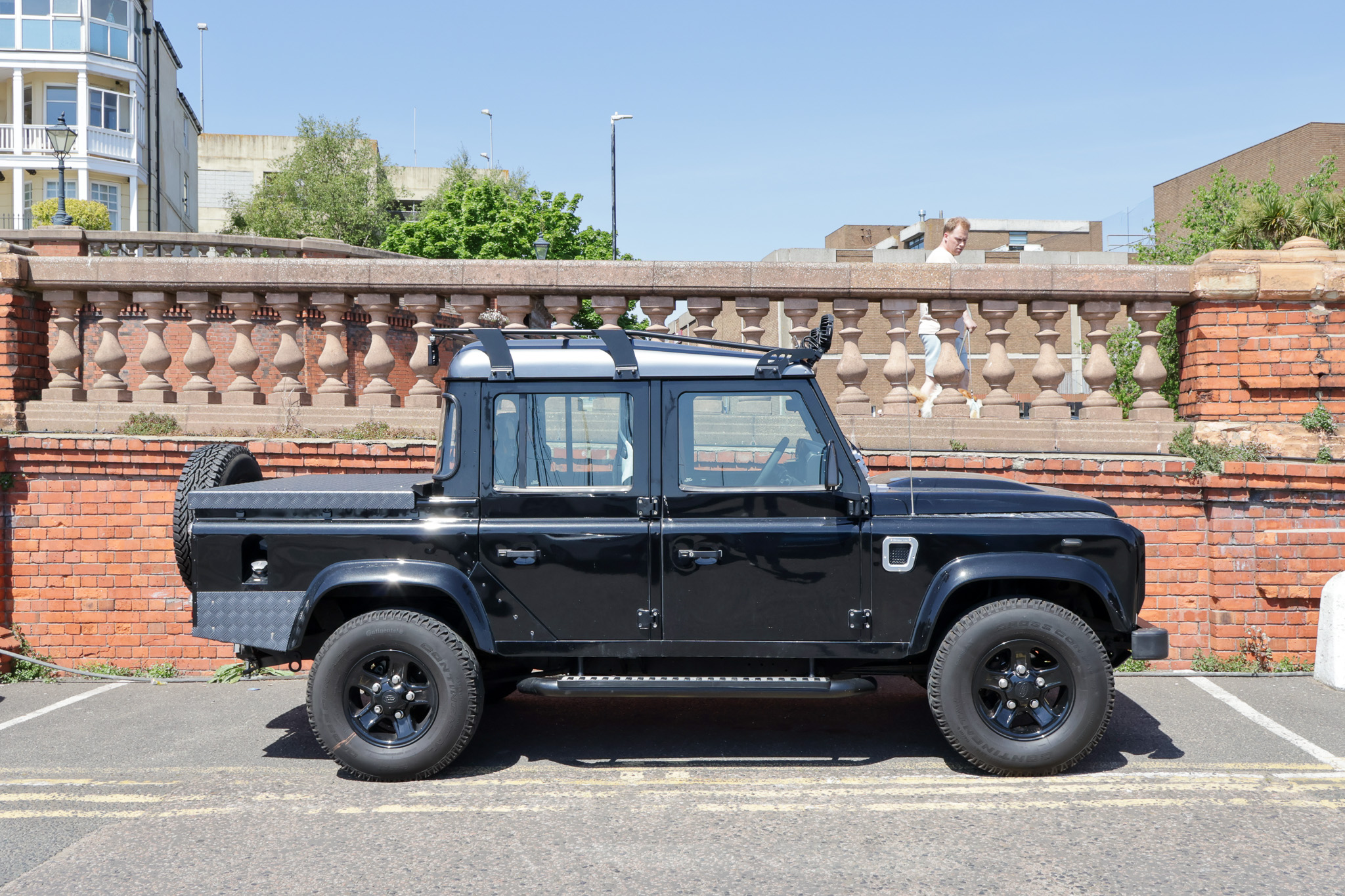
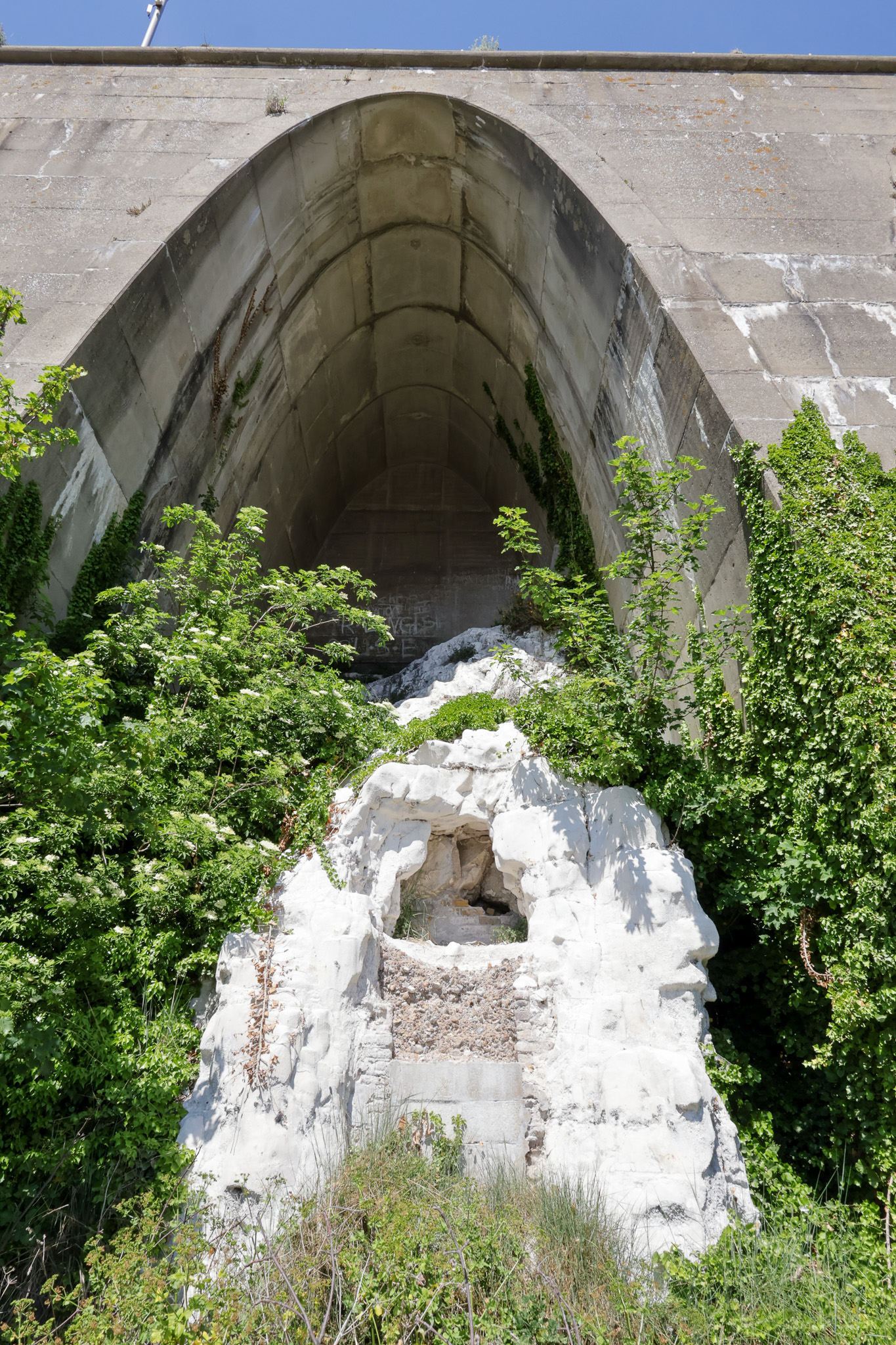
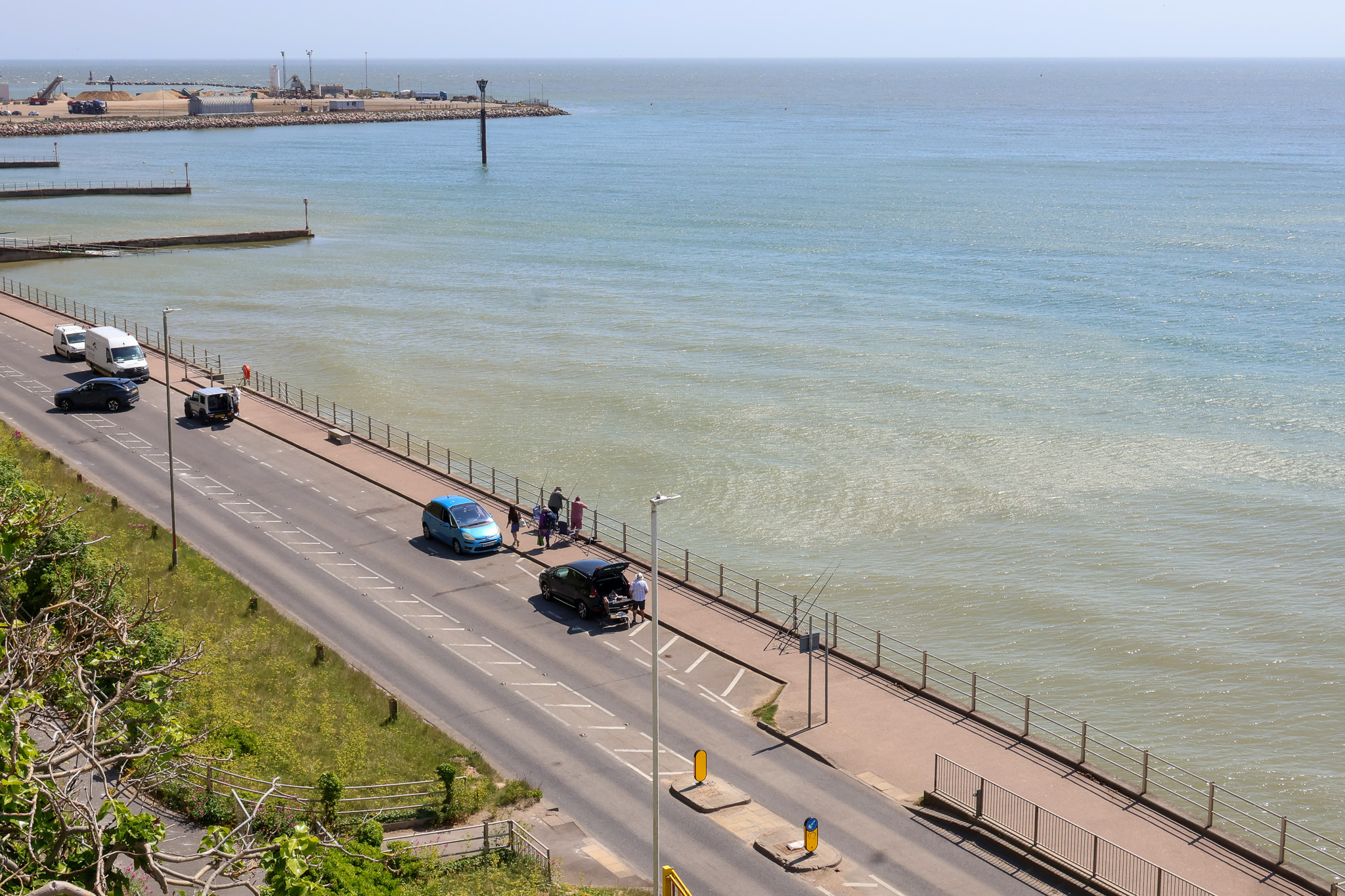
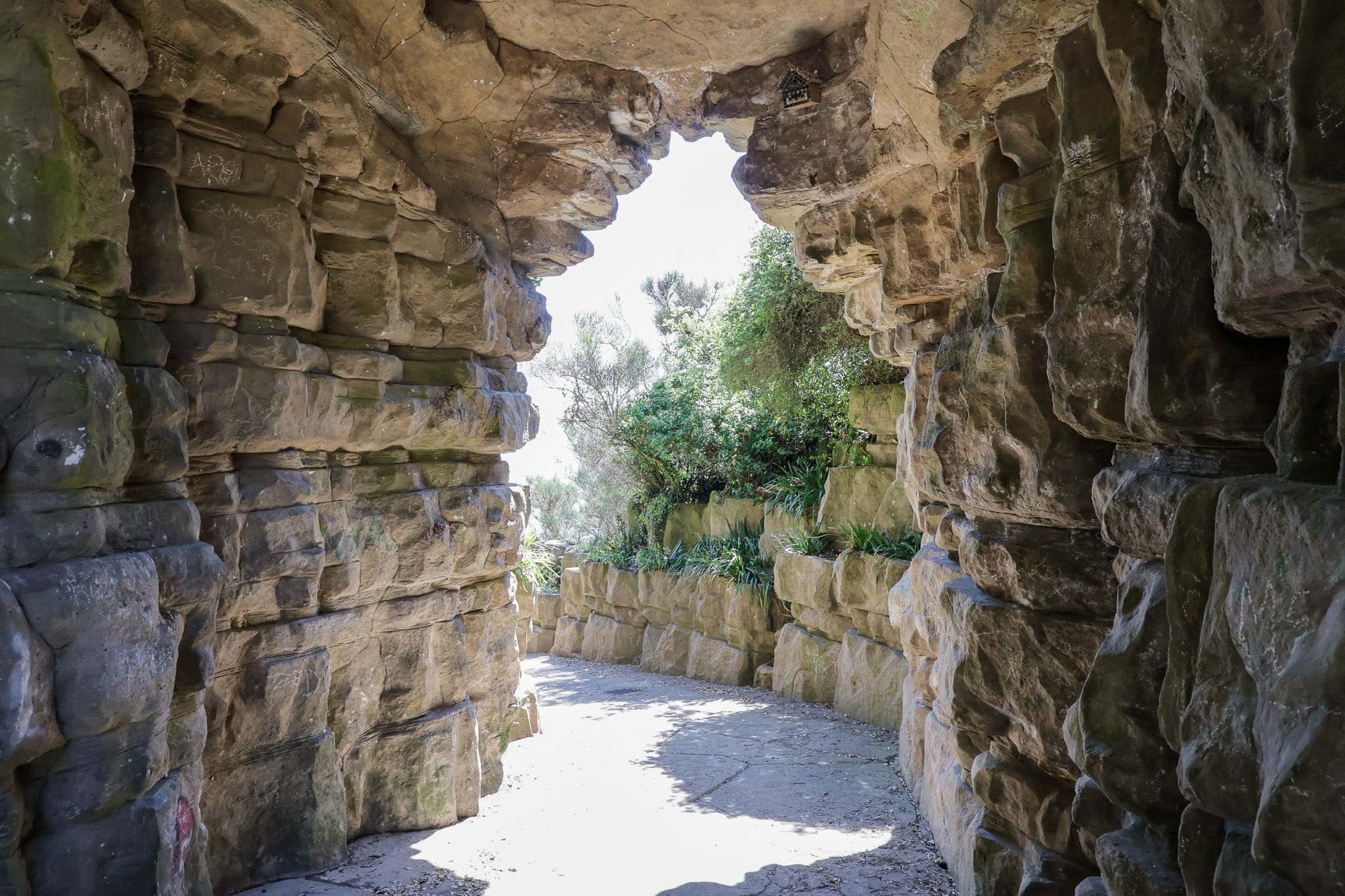

For the 4K sample video (I apologize for the lack of camera audio on the outdoor shots – but the wind noise was just too intrusive to keep it in), I made no adjustments at all. All these clips are presented here exactly how they came out of the camera.
I recorded these at 4K 24fps quality, to make the most of the full sensor size. You can also capture cropped 4K video at up to 60fps, but for vlogging I felt that crop was a bridge too far, reducing the frame too much to comfortably get my head in. It’d be fine for capturing b-roll, however. I’ve not included any here, but the camera can also shoot in Full HD, and in up to 120fps for some smooth slow-motion playback if desired.
The EOS R50 V shoots RAW photos and can capture video in Canon’s flat C Log 3 color profile, should you want to perform more editing and grading yourself. So, there’s plenty of support here for imaging enthusiasts who want to achieve their own look.
- Image quality score: 4/5
Canon EOS R50 V: testing scorecard
Attributes | Notes | Rating |
|---|---|---|
Price | Decent price, especially in the US. | 4/5 |
Design | Compact and video focused by design. | 4/5 |
Performance and features | Shame not to have in-body IS, but that's understandable given the price. | 4/5 |
Image and video quality | Canon knows how to do gorgeous colors, but the EOS R50V's kit lens is so-so. | 4.5/5 |
Should I buy the Canon EOS R50 V?
Buy it if...
You want an expandable cheap video camera
The RF mount and connectivity make the R50 V a great starting point for a content creator. You can always add more lenses to widen your creative capabilities as you gain popularity.
You love Canon’s color science
It’s hard to fault the look of the images and videos that come straight out of the R50 V. Canon knows how to produce punchy, pleasing pictures with minimal user effort.
Don't buy it if...
You want an all-in-one vlogging camera
You’ll still need a decent external mic if you plan on vlogging outdoors with the R50 V, as wind noise is an issue.
You’re a stills photographer first
With no flash and no viewfinder, photographers get a bit of a raw deal here. That’s fine – it’s a video camera first – but it’s something to be aware of.
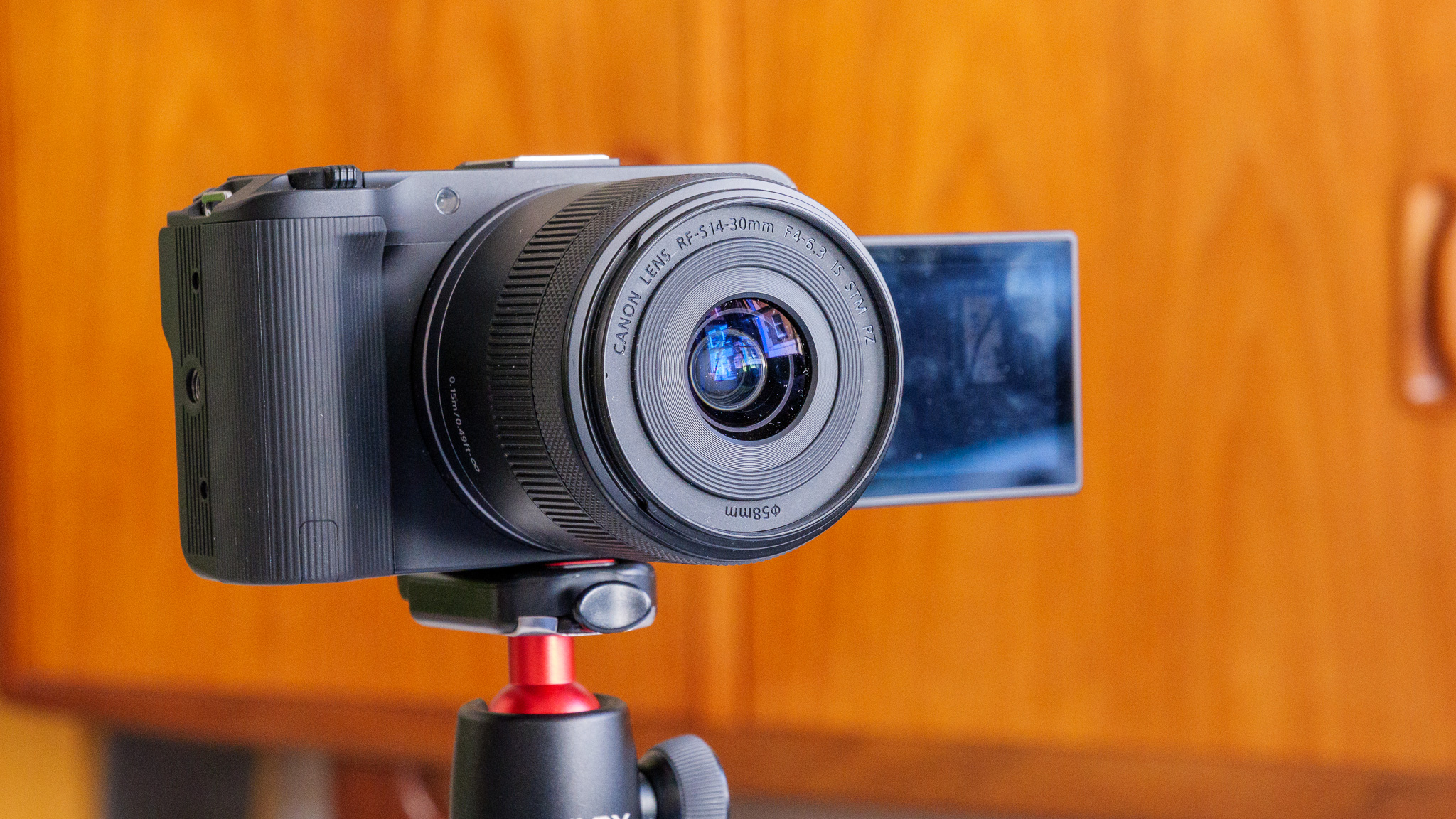
Canon EOS R50 V: Also consider
With similar performance and color science, plus a superb, bright built-in lens, this sister camera to the EOS R50 V makes for a great one-stop-shop video compact camera. True, you can’t upgrade the lens, but it’s a great pick if you want a single small camera to handle all your video needs.
Read our in-depth Canon PowerShot V1 review
With its 1-inch sensor, a gimbal-stablized 4K camera, a pocketable and compact stick-like form factor, the Pocket 3 is brilliant focused vlog camera. It’s cheap too. While the R50 V has the bigger sensor and interchangeable lenses, if you’re looking for a great affordable vlogging option, don’t discount this.
Read our in-depth DJI Osmo Pocket 3 review
How I tested the Canon EOS R50 V
- Tested a full production model for three days
- Shot clips handheld and on vlogging handle
- Used a range of video resolutions and frame rates
Owing to a short loan time, I didn't have as long as I would have liked to review the EOS R50 V – just a few days. Even so, I was able to get outside multiple times to test its photo and video capabilities in real-world conditions, which I did in generally favorable weather conditions (wind aside). I mounted the camera on a Joby GorillaPod for vlogging purposes.
- First reviewed May 2025

Sam has been writing about tech and digital culture for over 20 years, starting off in video games journalism before branching out into the wonderful worlds of consumer electronics, streaming entertainment and photography. Over the years he has written for Wired, Stuff, GQ, T3, Trusted Reviews and PC Zone, and now lives on the Kent coast in the UK – the ideal place for a camera reviewer to ply their trade.
You must confirm your public display name before commenting
Please logout and then login again, you will then be prompted to enter your display name.
